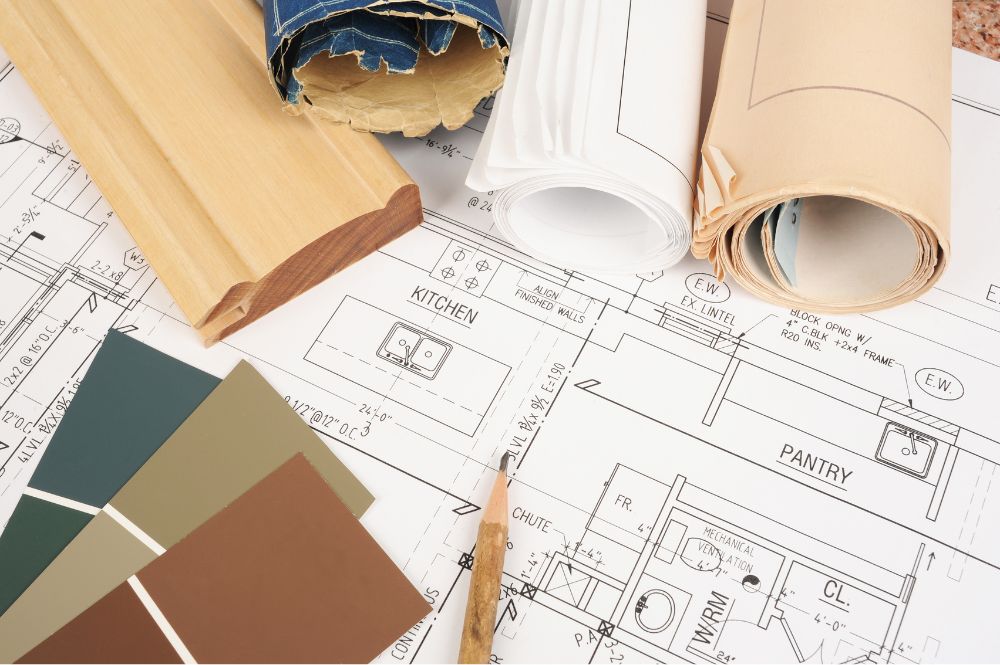
5 Steps to Caulk Like a Pro: Windows, Bathtubs & Backsplashes
Because messy caulk lines are the DIY equivalent of bad handwriting.
Caulking is one of those deceptively simple tasks that can make or break the look and performance of your home. Whether you’re sealing around a bathtub, filling gaps in a backsplash, or weatherproofing windows, a clean caulk line keeps out moisture, improves energy efficiency, and gives your space a polished finish.
The good news? With the right tools and a few pro tips, any homeowner can master the art of caulking.
Tools & Materials You’ll Need
Here are the essentials to get started.
- Caulking Gun
✔ XINQIAO Premium Drip-Free Caulking Gun (18:1 Thrust Ratio) – Smooth trigger, anti-rust frame, and includes a full finishing kit.
💰 ~$33.99 CAD - Caulk or Sealant
✔ Choose based on your project:- Silicone for bathrooms and kitchens
- Acrylic latex for windows and trim
- Paintable caulk for visible areas
- Caulking Tool Kit
✔ Preciva 4-in-1 Stainless Steel Caulking Tool Kit – Includes scraper, spreader, and 5 silicone tips for different angles.
💰 ~$16.99 CAD - Utility Knife or Spout Cutter
✔ Often included with caulking kits, or use a standard utility knife. - Rags & Mild Cleaner
✔ For prepping surfaces and cleaning up excess caulk.
Step-by-Step Guide to Caulking Like a Pro
Step 1: Prep the Surface
Think of caulking like painting—prep is everything.
🔹 Remove old caulk using a scraper or utility knife.
🔹 Clean the area with mild soap and water, then dry thoroughly.
🔹 Tape off edges if you want ultra-crisp lines.
Step 2: Load the Caulk Gun
🔹 Cut the tip of the caulk tube at a 45-degree angle—start small, you can always cut more.
🔹 Puncture the seal inside the nozzle (most caulk guns have a built-in poker).
🔹 Insert the tube into the gun and press the release trigger to engage.
Step 3: Apply the Caulk
🔹 Hold the gun at a consistent angle and apply steady pressure.
🔹 Move slowly and smoothly—don’t stop mid-line unless absolutely necessary.
🔹 Aim for a bead that’s slightly raised but not overflowing.
Step 4: Smooth the Line
🔹 Use a caulking tool or your finger (dipped in water) to smooth the bead.
🔹 Wipe away excess with a damp rag.
🔹 Remove painter’s tape immediately for clean edges.
Step 5: Let It Cure
🔹 Follow the manufacturer’s instructions—most caulks need 24 hours to fully cure.
🔹 Avoid touching or painting until it’s dry.
Common Mistakes to Avoid
- Cutting the nozzle too wide – leads to messy, oversized beads.
- Skipping surface prep – caulk won’t adhere properly.
- Using the wrong type of caulk – silicone isn’t paintable, and acrylic won’t hold up in wet areas.
- Not smoothing the bead – leaves gaps and uneven lines.
What Homeowners Are Saying
“The XINQIAO caulking gun is a game changer. Smooth trigger, no drips, and the finishing tools made my bathroom look professionally done.”
– Verified Amazon Canada review“I used the Preciva kit to redo my kitchen backsplash. The different tips helped me get into tight corners and the scraper removed old caulk like butter.”
– Verified Amazon Canada review
Final Thoughts
Caulking is one of those small jobs that delivers big results—from preventing water damage to improving your home’s energy efficiency. With the right tools and a little patience, you’ll be laying down clean, professional-looking lines in no time.
✔ Prep your surface
✔ Choose the right caulk
✔ Use a quality caulking gun
✔ Smooth it out like a pro
🔗 Shop the recommended tools on Amazon Canada and start sealing the deal—literally.
